$ 300
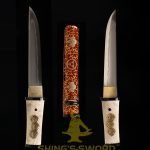

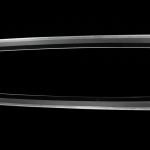
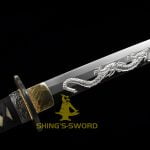
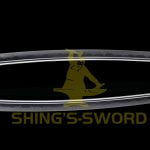

此链接是专门为高级从业人员提供的。我们精心挑选的配件在这里供您选择。在武士刀 Iaito 系列中,它具有高品质的 Fuchi&Kashira、高质量的 Saya 饰面(甚至是标准的 Kuroro 和 Kuroishime 油漆)以及刀片上的高品质饰面。它是在日本的“御坂”工作室使用100%日本材料手工制作的。所有配件,如Tsuba,Menuki,Saya等,也是由日本专门生产Shinken(真正的武士刀)配件的传统作坊制造的。SHINGS Koshirae 有一个固定的 Fuchi/Kashira,由铜和铁制成,带有银色饰面和传统的 guribori 图案。鉴于“SHINGS Koshirae Styles”非常多样化,并且包括非常不同的 Koshirae 风格,因此没有具体的建议选项。您可以根据自己的喜好自定义此模型
|
Fuchi/Kashira(福知/嘉希拉) |
材质:铜,银,铁。Fuchi:41 x 25 x 12mm Kashiar:37 x 20 x 11 mm |
|
刀片底部宽度 |
~32毫米 |
|
刀片的末端很宽 |
~32毫米
|
|
刀片底部加厚 |
~7毫米 |
|
重量为 2.45 Shaku |
~920g,不含沙耶 |~1,200克,含沙耶 |

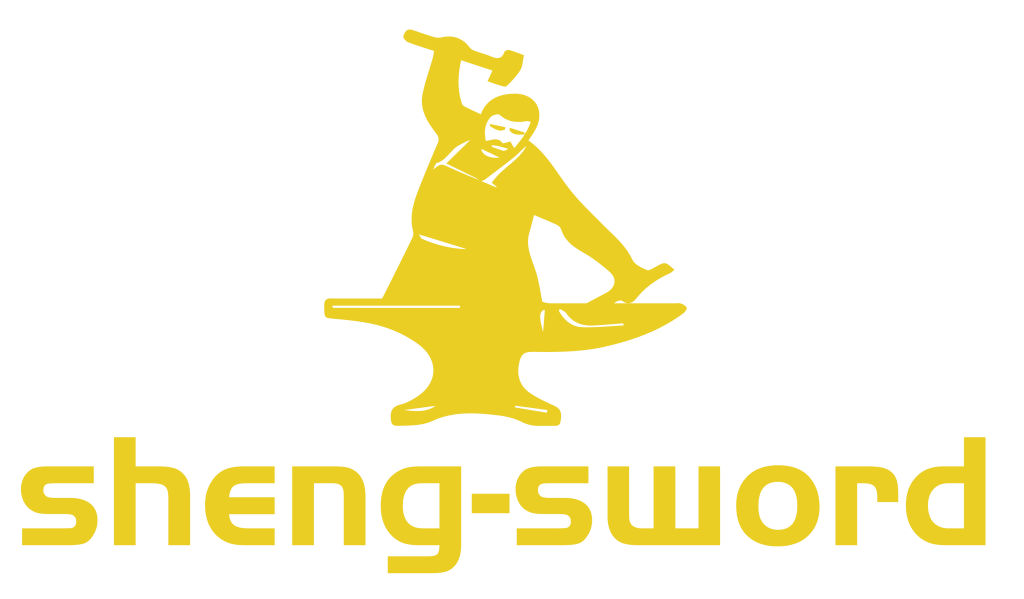
We specialize in crafting premium Japanese katanas that honor the time-honored traditions of samurai sword-making.